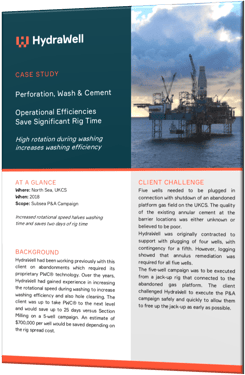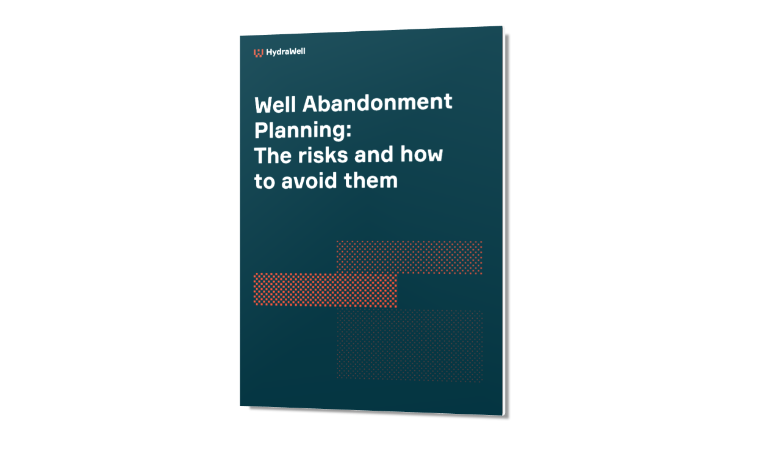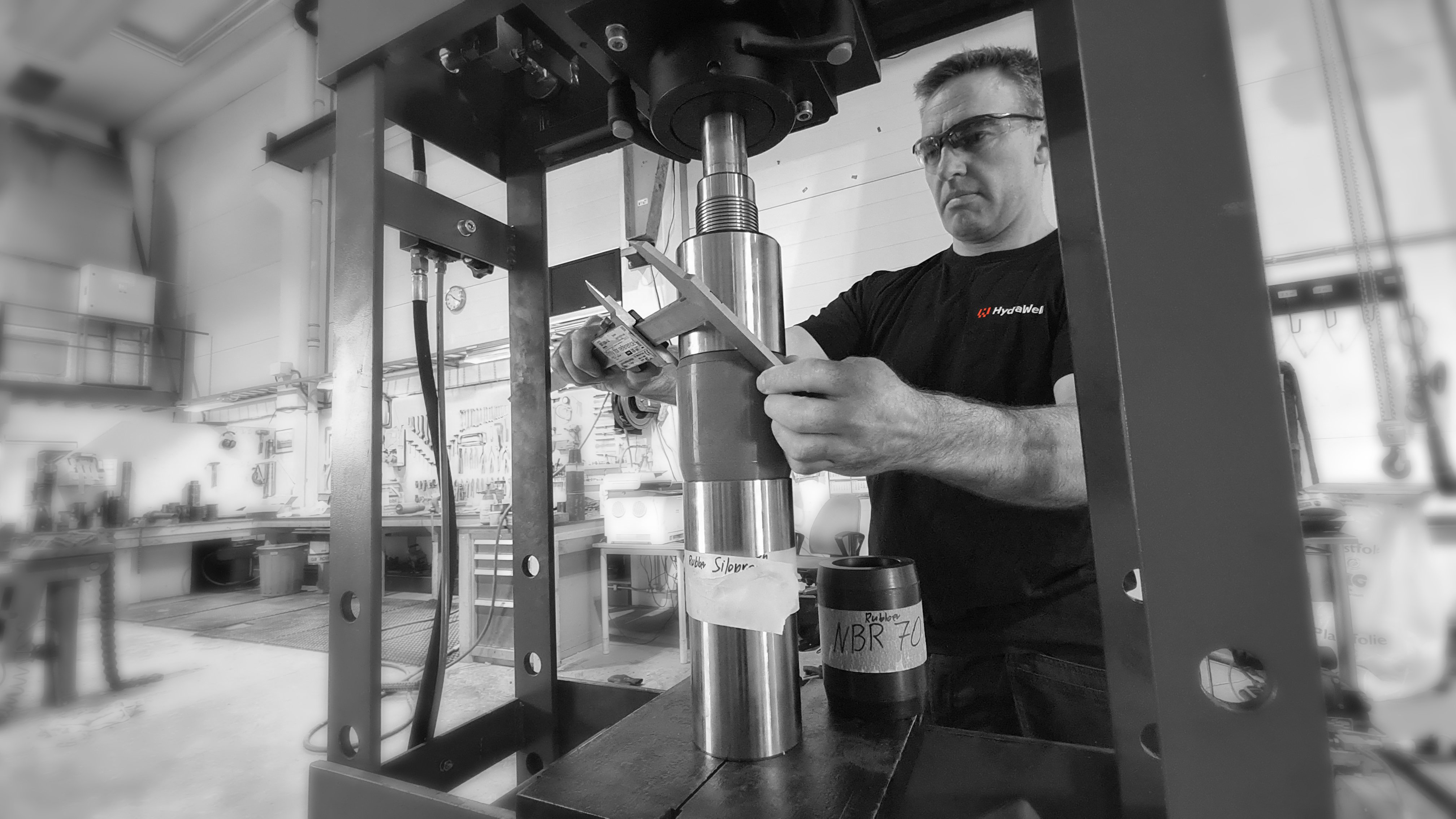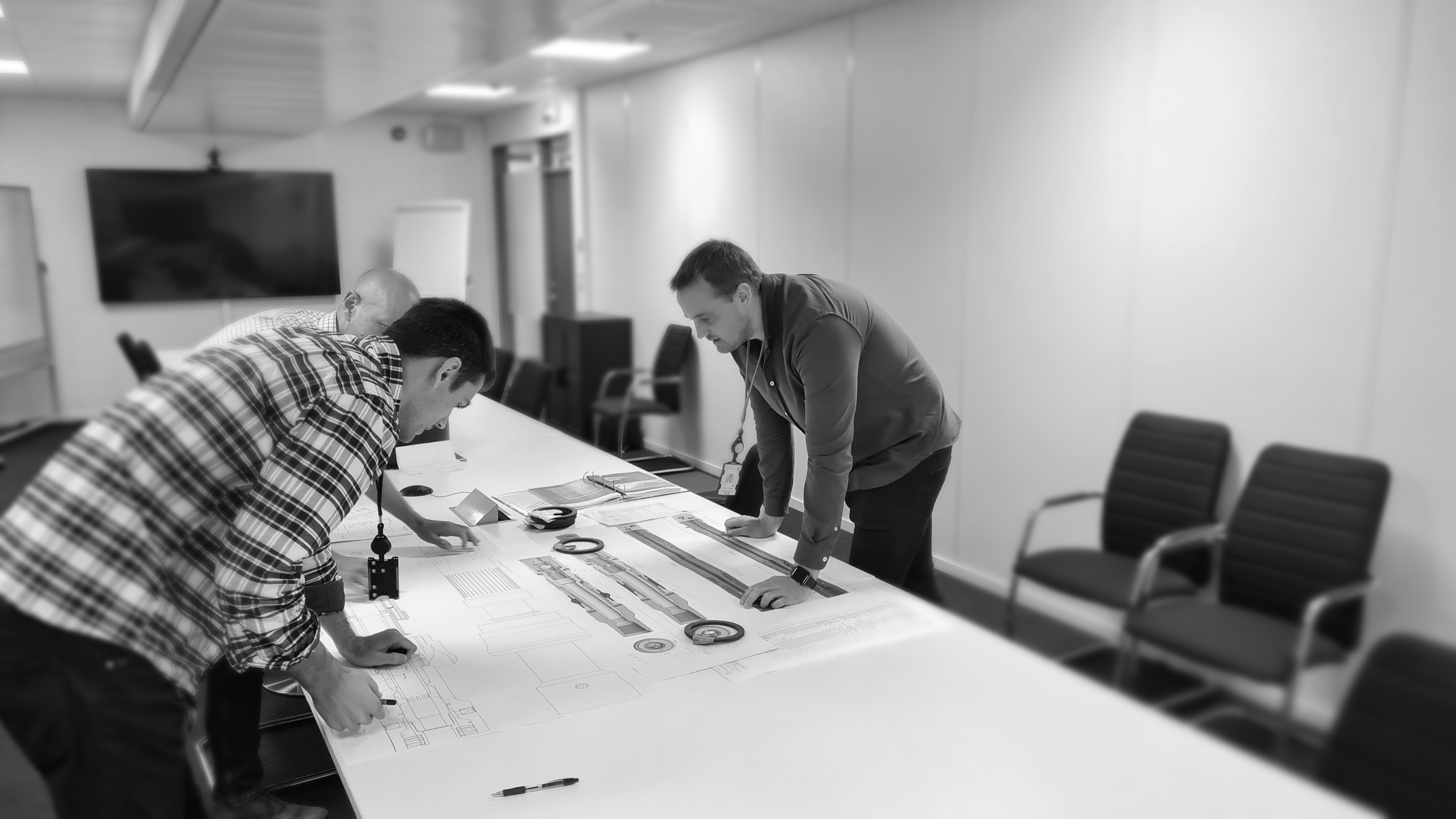Case Study
Perf, Wash and Cement®
Operational Efficiencies Save Significant Rig Time
Key facts
• Customer: Undisclosed supermajor
• Location: North Sea, UKCS
• Well type: Abandoned offshore gas production platform
• Key benefits: Increased rotational speed halves washing time and saves two days of rig time
The customer’s challenge
Five wells needed to be plugged in connection with shutdown of an abandoned platform gas field on the UKCS. The quality of the existing annular cement at the barrier locations was either unknown or believed to be poor.
HydraWell was originally contracted to support with plugging of four wells, with contingency for a fifth. However, logging showed that annulus remediation was required for all five wells.
The five-well campaign was to be executed from a jack-up rig that connected to the abandoned gas platform. The client challenged HydraWell to execute the P&A campaign safely and quickly to allow them to free up the jack-up as early as possible.
The HydraWell solution
Rising to the client’s requested time-saving challenge, HydraWell decided to introduce some operational efficiencies for the campaign, with the objective of saving rig time but still produce the same end-result of a high quality and permanent rock-to-rock barrier.
Utilising computational fluid dynamic (CFD) modelling, HydraWell optimised the rotational speed of the HydraHemeraTM system’s jet washing tool which allowed the washing speed to be doubled when cleaning the single 9 5/8” casing.
The campaign utilised standard Perforate, Wash, and Cement (PWC®) operations. However, this was the first ever operation on the UKCS with such high washing speed. The concept has also been used successfully on numerous operations on the Norwegian continental shelf.
The whole operation was planned and executed from HydraWell’s Aberdeen office and workshop.
The result
Rock-to-rock barriers, compliant with Oil &Gas UK standards, were successfully set and verified on all five wells.
No swarf cuttings were brought topside, representing a significant environmental footprint reduction.
All plugging operations, from picking up equipment to pressure testing the cement plug, were completed in less than 2.5 days on average.
The plug length delivered by PWC® in this case was 240 feet.
As a result of the increased rotational speed, the washing operation time for this length of barrier was reduced from 16 to 6 hours. In total, 50 hours of rig time was saved on the five-well campaign which represented a significant saving to the client.
The benefits
Compared with using the traditional annular remediation method of section milling, this approach saved approximately 25 days of rig time across the 5 wells, estimated to be equivalent to an approximate saving of USD 700,000 per well overall.
The approach taken also provides a significant saving when compared with using a cup-based low energy PWC® system. Overall time saving is estimated at 24 hours per well, equivalent to USD 150-250,000 per well depending on total spread cost.
In addition, utilising PWC® technology avoided the need to handle casing milling swarf at surface with its attendant HSE risks and additional costs.
Such benefits are now also available on similar abandonment operations.
Want a copy of the Case Study?
Download it here!


An introductory White Paper
Well Abandonment Planning
- The risks and how to avoid them
->> Fill in your details and get your copy now:





